What is here is elsewhere, what is not here is nowhere. There is nowhere to get to, it is all here now. These famous quotes are from the Mahabharata which is the great epic of India, comprised of 100,000 verses.
“Some quotations include “Any brahman knowing the four Vedas, including the sciences based upon them and the Upanishads, but does not know ‘this tale’ (the Mahabharata) would not be considered a truly wise man; the Mahabharata is for all practical purposes considered the fifth Veda.
No story is found on earth which does not depend on this tale… What is here is elsewhere, what is not here is nowhere.”
The work recounts the events before, during and after the great battle for kingship waged at Kuruksetta between the Pandavas and Kauravas branches of the Kuru lineage of descendants of Bharata (whence is derived the Sanskrit meaning of the Mahabharata, “the great [tale of] Bharata’s descendants”). Also the epic contains didactic material of encyclopedic proportion (particularly in books 12 and 13, the Santi- and Anusasana- puranas), along with elaborate genealogies and much myth and legend (especially in books 1 and 3).
The sage, or seer, Vyasa (Krishna Dvanpayana), is thought to have composed the epic and taught it to his student Vaisampayana who in turn performed the first recitation of the work at a snake sacrifice” conducted by King Janamejaya; the purpose was to inform the king of the deeds of his ancestors. Then the epic was carried by the bard Ugrasravas to the forest sacrifice of the brahman Saunaka.
Actually, the Mahabharata in its present form was composed over a long period of time, c. 400 BC to 400 AD. Over this time period various groups influence its development, which is still reflected. They were warriors and their bards, brahmans, and devotees. The action of the Mahabharata simultaneously proceeds on several levels. First is the typically Indo-European heroic tale of the battle of good against evil, modeled after the specifically Indo-Aryan version of the theme, the devas (gods, here incarnate in the Pandavas) against the asuras (demons, reflected in the Kauravas, who incarnate raksasses). From this point of view, the Kuruksetta war is visualized as a gigantic sacrifice conducted by semi-divine epic heroes. Mixed with this semi-mythical material is consideration of the human-centered issue of the decline of dharma at the onset of Kali-yuga, the present degenerate age of history, which the Mahabharata conceives as having begun at the time of the Kuruksetta war. Dharma suffered a huge setback at the Pandava-Kaurava dice game played early in the epic. From then on, the lines of right and wrong were drawn less clearly than the Indo-European substructure of the epic might cause one to expect, for example the “good” Pandavas defeat the “evil” Kauravas, but only by trickery and deceit. One high point of human uncertainty in the work is the episode of the Bhagavad-Grita, in which the Pandava hero Arjuna casts down his weapon before the war begins, dismayed at the prospect of having to fight against his relatives and elders on the other side. In the Bhagavad-Grita and throughout the Mahabharata, it is a “Hindu” element, revolving particularly around the character of the god Vishnu, incarnate as Krishna, and his alliance with the Pandavas, which resolves the tension. “Where Krishna is there is dharma…there is victory.” Orchestrated by Krishna, the Kuruksetta war is a cosmic event. Through its emphasis on Krishna, theMahabharata becomes the locus of a bhakti (devotional) synthesis, which characterizes Hinduism from this time onward. The stage production of Peter Brook (1985) was filmed in 1989. A.G.H.
Source:
Bowker, John, The Oxford Dictionary of World Religions, New York, Oxford University Press, 1997, pp. 598-599
http://www.themystica.org/mystica/articles/m/mahabharata.html

Moe is the founder of GnosticWarrior.com. He is a father, husband, author, martial arts black belt, and an expert in Gnosticism, the occult, and esotericism.

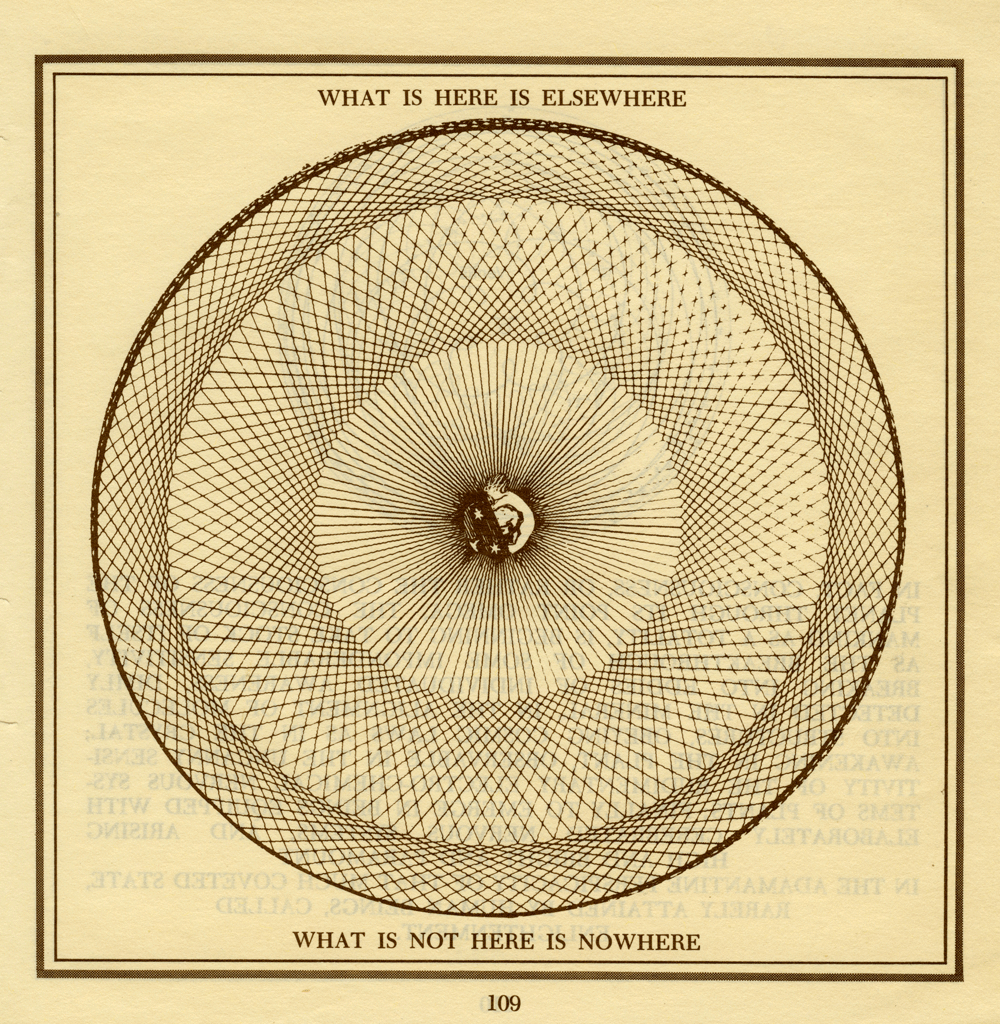

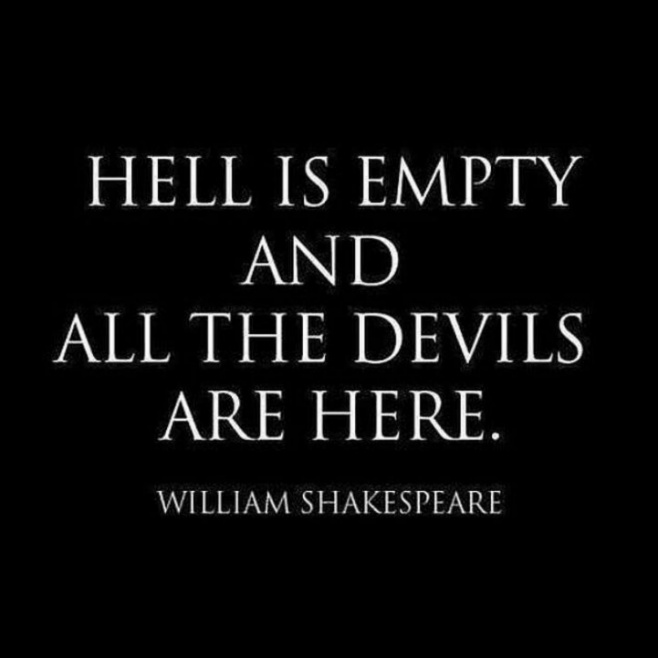
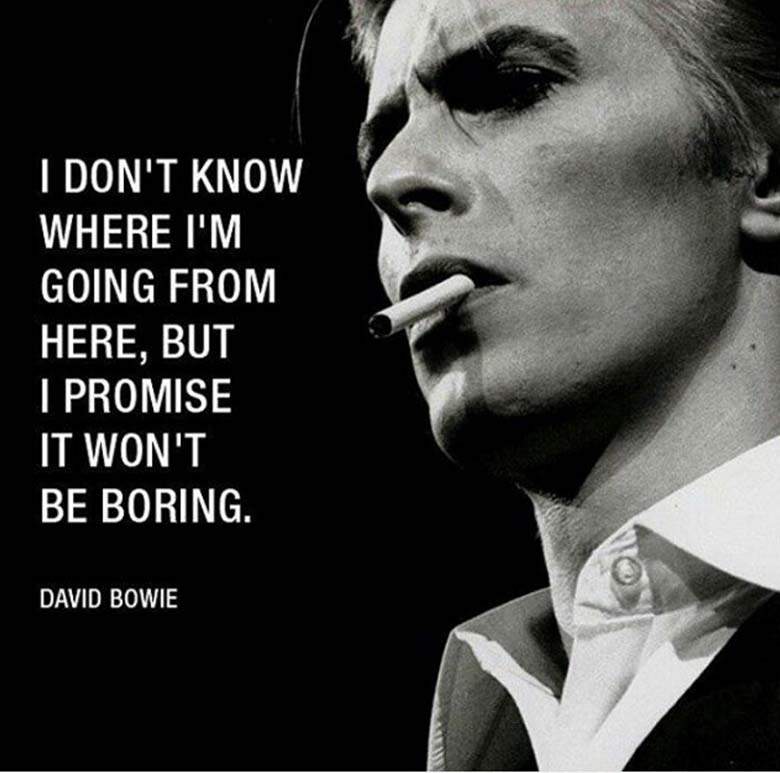
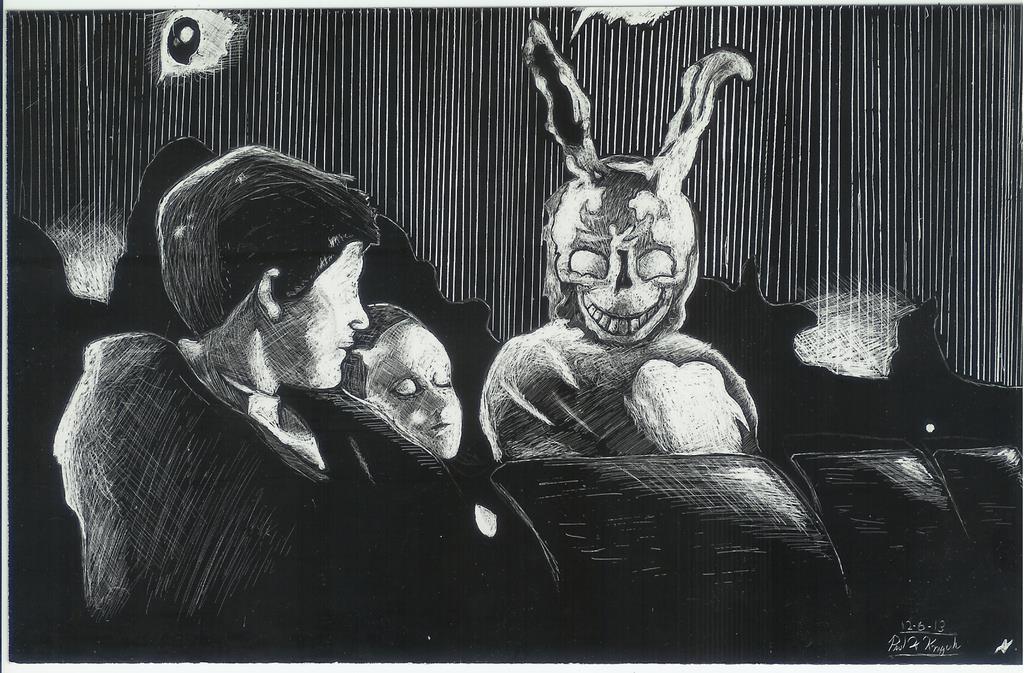
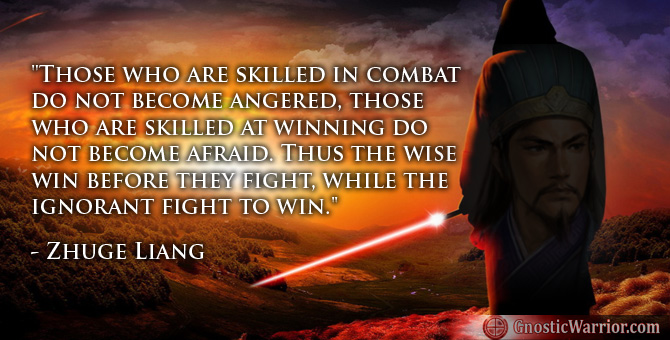
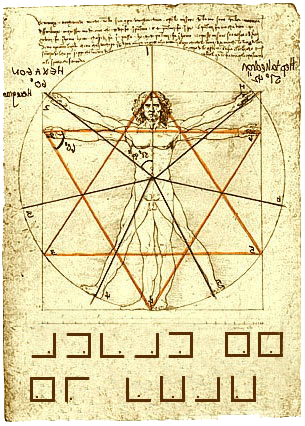
![How Pope Gregory, by letter, exhorted Augustine not to glory in his miracles [601 A.D.] | Book 1 | Chapter 30 How Pope Gregory, by letter, exhorted Augustine not to glory in his miracles [601 A.D.] | Book 1 | Chapter 30](https://www.gnosticwarrior.com/wp-content/plugins/contextual-related-posts/default.png)
